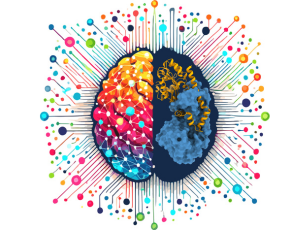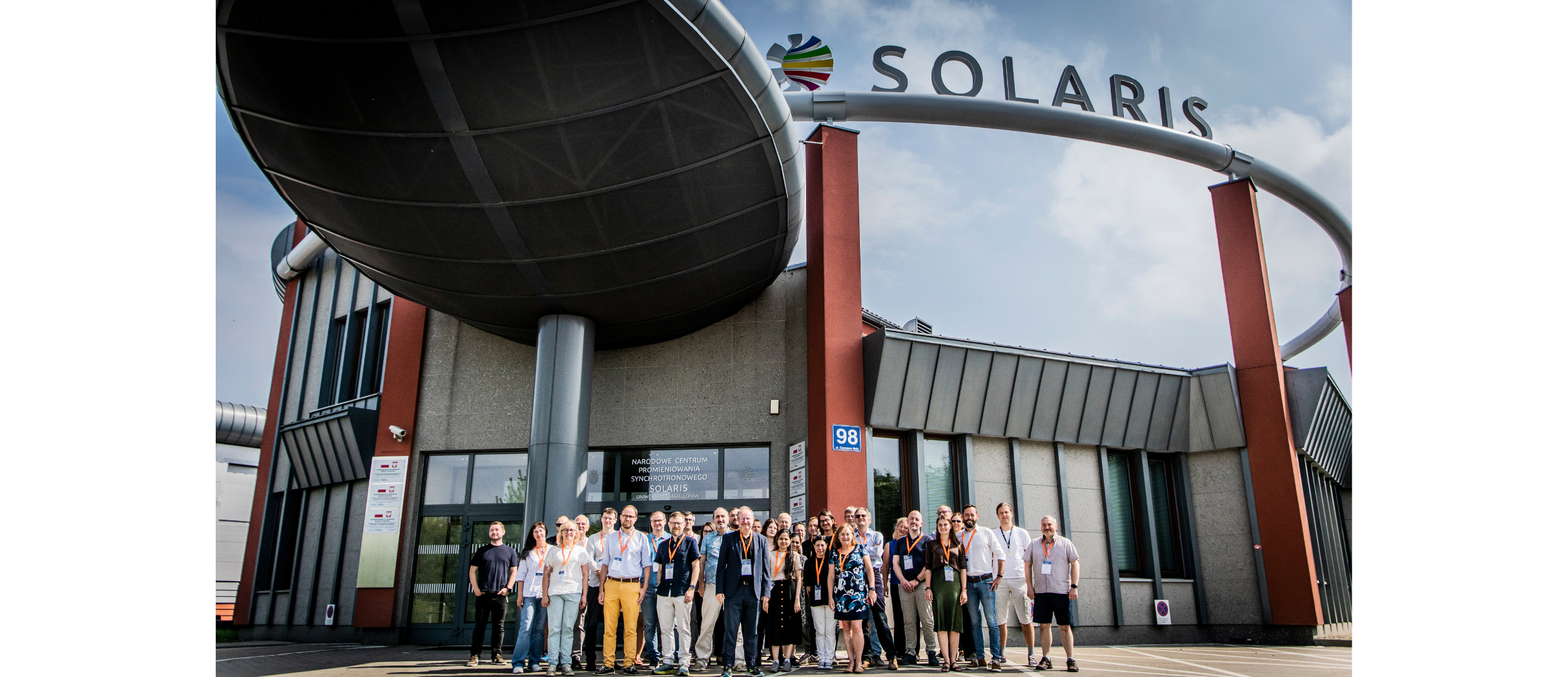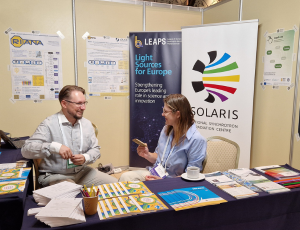 Web Content Display
Web Content Display
SOLARIS centre
 Web Content Display
Web Content Display
Will artificial intelligence provide us with a cure for cancer or an elixir of youth? The iNEXT Conference.

Structural biology will use advanced methods such as electron microscopy aided by artificial intelligence. This will change the landscape of biological sciences. However, the crucial importance of experimental research should not be overlooked, these were the conclusions of the iNext-Discovery Foresight Meeting, held July 8-10 at the SOLARIS National Synchrotron Radiation Centre.
The scientific conference hosted prominent experts in the field of structural biology, including Prof. Harald Schwalbe of the BESSY synchrotron radiation center in Berlin or Dr. Lizbe Koekemoer of the Center for Medical Discovery (CMD) at the University of Oxford. Also present was Dr. Isabel Moraes, a structural biologist representing Google DeepMind, one of the world leaders in the development of artificial intelligence applied to science. - Artificial intelligence will increasingly shape the landscape of biological sciences, including structural biology, through tools such as Project Astra, the speaker argued. She stressed, however, that the models envisioned should be treated as hypotheses that must be verified experimentally.
Prof. Marcin Nowotny of the International Institute of Molecular and Cellular Biology in Warsaw (IIMCB) confirmed that AI is already effectively assisting the work of structural biologists when working to determine the atomic structure of complex chemical molecules from living organisms. With the inevitable technological development, AI will influence further areas of research, such as data analysis, including imaging in biology or modeling of large systems. However, Prof. Matthias Bochtler of IIMCB noted that the academic community should not unknowingly use off-the-shelf tools created by companies, but actively participate in their development.
The meeting in Krakow was jointly organized by two European consortia coordinating access to large research infrastructures (scientific equipment platforms): iNext Discovery and INSTRUCT-ERIC. Polish institutions belong to the first of them, we are just seeking accession to the second. The Krakow conference was a milestone in these endeavors, being the fruit of joining the forces of both consortia. Leaders of the most important research infrastructures in Europe, leading structural biologists, as well as representatives of pioneering companies in the AI revolution in structural biology met in one place - the SOLARIS Centre.
Prof. Marcin Nowotny of the International Institute of Molecular and Cellular Biology in Warsaw (IIMCB) confirmed that AI is already effectively assisting the work of structural biologists when working to determine the atomic structure of complex chemical molecules from living organisms. With the inevitable technological development, AI will influence further areas of research, such as data analysis, including imaging in biology or modeling of large systems. However, Prof. Matthias Bochtler of IIMCB noted that the academic community should not unknowingly use off-the-shelf tools created by companies, but actively participate in their development.
The meeting in Krakow was jointly organized by two European consortia coordinating access to large research infrastructures (scientific equipment platforms): iNext Discovery and INSTRUCT-ERIC. Polish institutions belong to the first of them, we are just seeking accession to the second. The Krakow conference was a milestone in these endeavors, being the fruit of joining the forces of both consortia. Leaders of the most important research infrastructures in Europe, leading structural biologists, as well as representatives of pioneering companies in the AI revolution in structural biology met in one place - the SOLARIS Centre.
SConerence website: click here.

Group photo iNEXT conference.
Published date 11/07/2024
- Agnieszka Cudek
Recommended


